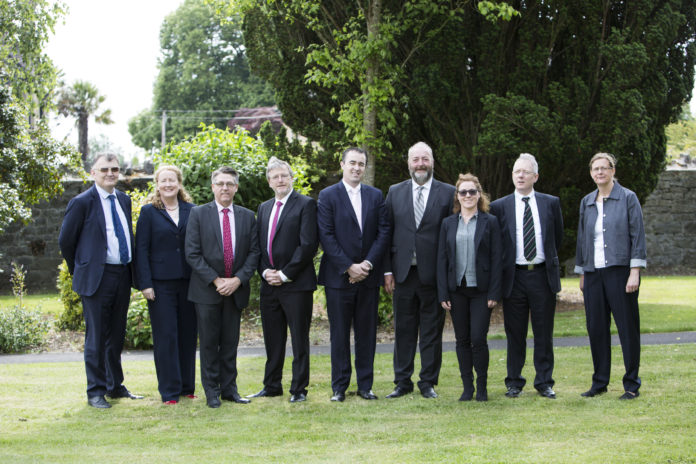
LIMERICK’S Mary Immaculate College is to lead the Human Trafficking and Exploitation Project in Ireland (HTEPII) by bringing together the experience and expertise of researchers and personnel at the Limerick third level institute.
The Department of Justice, An Garda Sióchána, the Police Service of Northern Ireland and the Department of Justice Northern Ireland will also share their resources to address aspects of the societal challenge posed by human trafficking and modern-day slavery in Ireland.
The HTEPII, based in the Office of the President of Mary Immaculate College, will be a two-year project directed by the Project Executive Board composed of senior representatives of the sponsoring organisations as well as a number of independent members.
The primary purpose of the project is to identify, collate, create and analyse databases relating to information on the scale and scope of human trafficking into and within the island of Ireland, as well as assembling existing high-quality Irish and European data relating to this topic.
It is expected to deliver a comprehensive quantitative and qualitative overview and rigorous assessment of human trafficking in Ireland, and will produce a database as a foundation for an information workbook and training ‘app’ for the use of stakeholders in Ireland and more widely across Europe.
The project will also design information materials appropriate for dissemination through business and community engagement and primary and secondary schools, as well as for tertiary level students in Ireland.
“The HTEPII will contribute to practical actions that are designed to provide analytic findings and information that will meet anti-trafficking objectives, have real utility, and indicate potential future areas for dissemination, research development, and response,” Professor Michael Healy, Associate Vice-President for Research explained.









